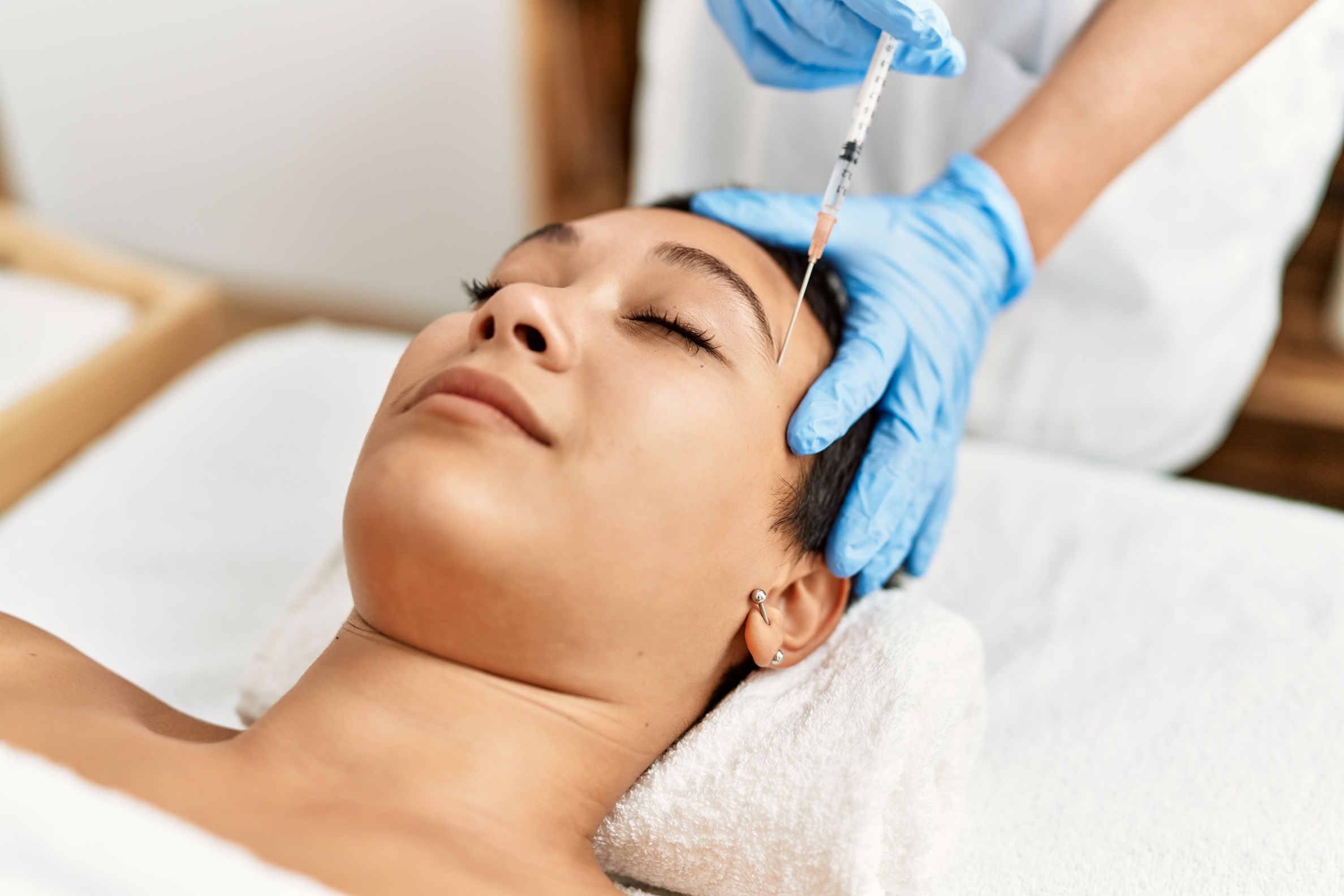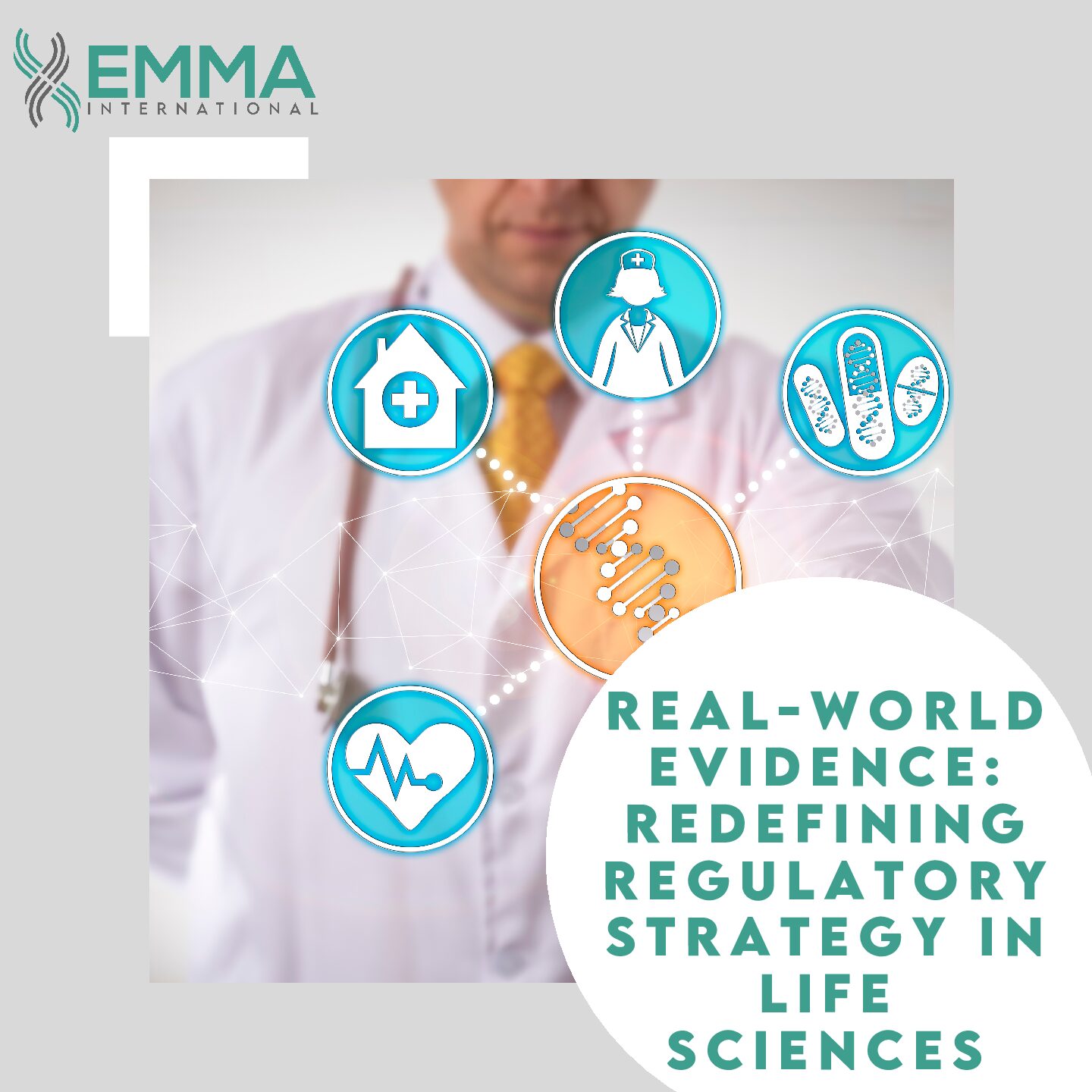In recent years, the demand for medical aesthetic services has surged, driven by advancements in technology and a growing societal emphasis on beauty and wellness. From Botox injections to laser hair removal and dermal fillers, these services promise to enhance physical appearance and boost self-confidence. However, the increasing popularity of medical aesthetics also brings forth concerns about safety, efficacy, and ethical practices. This is where the FDA plays a crucial role. In this blog, we’ll explore how the FDA regulates medical aesthetic services to ensure they are safe and effective for consumers.
Medical aesthetic services encompass a broad range of procedures designed to improve cosmetic appearance. These services can be invasive or non-invasive and are typically performed by trained healthcare professionals, including dermatologists, plastic surgeons, and licensed aestheticians. Common procedures include:
- Injectables: Botox, dermal fillers, and other injectables used to reduce wrinkles and add volume to facial features.
- Laser Treatments: Laser hair removal, skin resurfacing, and tattoo removal.
- Chemical Peels: Application of chemical solutions to exfoliate and rejuvenate the skin.
- Microneedling: Using fine needles to create micro-injuries in the skin, stimulating collagen production.
The FDA’s Role in Regulating Medical Aesthetic Services
1. Classification of Medical Devices
The FDA classifies medical devices, including those used in aesthetic procedures, into three categories based on their risk level:
Class I: Low-risk devices, such as tongue depressors and bandages.
Class II: Moderate-risk devices, such as laser hair removal systems and some dermal fillers. These devices require premarket notification (510(k)) to demonstrate they are substantially equivalent to already legally marketed devices.
Class III: High-risk devices, such as breast implants and certain types of lasers. These devices require premarket approval (PMA) and must undergo rigorous testing to demonstrate safety and efficacy.
2. Premarket Notification and Approval
Before a medical device can be marketed in the United States, it must undergo either the 510(k) premarket notification process or the PMA process, depending on its classification. This ensures that the device meets specific safety and effectiveness standards.
510(k) Premarket Notification: Manufacturers must demonstrate that their device is substantially equivalent to an existing, legally marketed device. This process is typically used for Class II devices.
Premarket Approval (PMA): This process is more stringent and is required for Class III devices. Manufacturers must provide extensive clinical data to prove the device’s safety and efficacy.
3. Labeling and Marketing
The FDA strictly regulates the labeling and marketing of medical aesthetic devices to ensure that claims are truthful and not misleading. Manufacturers must provide clear instructions for use, potential risks, and contraindications. The FDA also monitors advertising and promotional materials to prevent false or exaggerated claims about the device’s capabilities.
4. Post-Market Surveillance
Once a medical aesthetic device is on the market, the FDA continues to monitor its performance through post-market surveillance. This includes:
Adverse Event Reporting: Manufacturers, healthcare providers, and consumers can report adverse events or complications associated with a device through the FDA’s MedWatch program.
Inspections and Compliance: The FDA conducts regular inspections of manufacturing facilities to ensure ongoing compliance with regulatory standards. Non-compliance can result in warnings, fines, or product recalls.
5. Regulation of Injectable Products
Injectable products, such as Botox and dermal fillers, are regulated as drugs or biologics, depending on their composition. These products must undergo rigorous clinical trials to demonstrate their safety and efficacy before receiving FDA approval. Additionally, the FDA monitors manufacturing practices and post-market performance to ensure continued safety.
6. Regulating Practitioner Qualifications
While the FDA does not directly regulate who can perform medical aesthetic procedures, it provides guidelines and works with state medical boards to ensure that only qualified and trained professionals administer these treatments. This helps mitigate risks associated with improper use of medical devices or injectables.
Challenges and Future Directions
Addressing Off-Label Use
Off-label use refers to using a device or product for purposes other than those approved by the FDA. While off-label use is common in medical practice, it can pose risks if not adequately studied. The FDA continues to monitor and provide guidance on off-label uses to ensure patient safety.
Advancements in Technology
The rapid advancement of medical aesthetic technologies presents ongoing regulatory challenges. The FDA must continuously update its guidelines and evaluation processes to keep pace with new developments and ensure that emerging technologies are safe and effective.
The FDA’s regulation of medical aesthetic services is essential for safeguarding public health while allowing for innovation and advancements in the field. By classifying devices, enforcing rigorous premarket evaluations, monitoring post-market performance, and ensuring accurate labeling and marketing, the FDA helps ensure that medical aesthetic procedures are both safe and effective.
The experts at EMMA International are here to support your medical aesthetic product from concept to commercialization. Ready to learn more? Call us at 248-987-4497 or email us at info@emmainternational.com.





